But few people mention the Chatham Islands because this archipelago in the easternmost part of New Zealand is still very wild. But that is what makes Chatham an ideal destination for those who want to escape the noise of the city.
Basalt columns in Chatham.
Naturally wonderful
The only way to get to Chatham is by plane to Tuuta Airport on the island. Air Chathams operates flights from Christchurch to Chatham and Wellington to Chatham four times a week in winter and six times a week in summer. Since there are no same-day return flights, you will have to spend at least one night on the island. It is best to book your hotel at least three weeks in advance to avoid long waits for a room.
The Chatham Islands consist of the larger Chatham Island and the smaller Pitt Island. There are only about 600 people living on Chatham Island. Most of the island is forest, grassland, lakes, marshes and beaches. The density of different species of animals and plants living together on Chatham Island surprises many people. There are up to 388 species of plants, of which 47 are endemic species such as Chatham forget-me-nots, Chatham chrysanthemums, Chatham Christmas trees...
Many visitors come to Chatham to see rare birds such as the purple petrel (the rarest seabird in the world ), Chatham oystercatcher, Chatham parrot, black robin... Tuku Nature Reserve is the "home" of the above mentioned birds. If visitors want to see sea lions, seals and whales, go to Munning Headland. Here there are always thousands of seals crowded together.
Te Whanga Lagoon is a destination for those who love to fish. The brackish and shallow water has a lot of whitebait, eels, clams, oysters, mussels... Visitors only need to rent a fishing rod and shovel, bucket, and strainer to find ingredients for their meal. Not only that, the limestone sand beach in the lagoon is also the "grave" of hundreds of prehistoric sharks. Really lucky visitors can find one of their fangs while walking on the sand.
Pitt Island, one of the must-see destinations in Chatham.
Not far from Te Whanga Lagoon is the basalt beach. Here, there are hundreds of black, hexagonal columns of rock arranged like a chessboard. They are actually volcanic lava eroded by the waves over time.
Pitt Island is home to only 40 people but is a very interesting destination. This is the place that welcomes the new day earliest in the world. Many visitors come to Pitt Island just to stand on the most crowded headland and be the first to welcome the dawn. A beautiful spot to wait for the sunrise on the island is the headland overlooking the rock in the middle of the sea that the locals call “the pyramid”. The rock is the “home” of the Chatham gull species that can only be found here.
Explore local culture
Chatham, despite its small population, is home to three distinct ethnic groups: Moriori, Maori, and Caucasians. The Moriori are the indigenous inhabitants of Chatham. There are only about 1,000 Moriori living in all of New Zealand, with just under 40 remaining on Chatham Island alone. Tame Horomona Rehe (English name: Tommy Solomon) is the last full-blooded Chatham. He was a renowned agronomist, farmer, and philanthropist. After Tame died in 1933, his descendants sculpted a statue of him and turned the farm into a museum. Today, the statue and the Tommy Solomon Museum are must-sees on Chatham Island.
Another destination for visitors who want to explore local culture is the Chatham Museum. The museum has a huge collection of artifacts and documents about the history and life of Chatham people from prehistoric times to the present. The museum also has a “living artifacts” area where local artisans and artists can show off their skills. The museum’s traditional beekeeping area also attracts many visitors. Chatham honey is famous throughout New Zealand thanks to the bees that feed on the nectar of the native Tarahina tree. Visitors to the museum should not forget to buy a few bottles of honey.
The JM Barker National Historic Preserve in Chatham was once a forest of spiritual significance to the Moriori people. Instead of making statues, they carved spiritual images into the tree trunks for worship. The carvings on the trees are still clearly visible after hundreds of years, proving the hard work and skillful hands of the Moriori people.
Near the JM Barker Reserve is Nunuku Cave. This cave is said to have been the home of Chief Nunuku, who banned killing and brought hundreds of years of peace to the island. But the cave’s history is older than Nunuku. There are prehistoric carvings on the cave walls.
The Waitangi German Mission House was built in 1866 by Moravian (now Czech) missionaries. Its unique appearance is due to its four stone walls, which were cemented with seashell plaster. In addition to being the missionary’s home, it also served as the island’s only school. The house and surrounding land are now a Grade I national historic site.
Speaking of festivals, apart from national holidays, the Chatham Festival is the biggest event on the island. Held in early March each year, the festival is an opportunity for islanders to gather to eat, drink and enjoy traditional art performances. In recent years, as tourism has grown in Chatham, the Chatham Festival has also welcomed professional artists from many parts of New Zealand.
Source: https://hanoimoi.vn/ghe-tham-quan-dao-chatham-673764.html


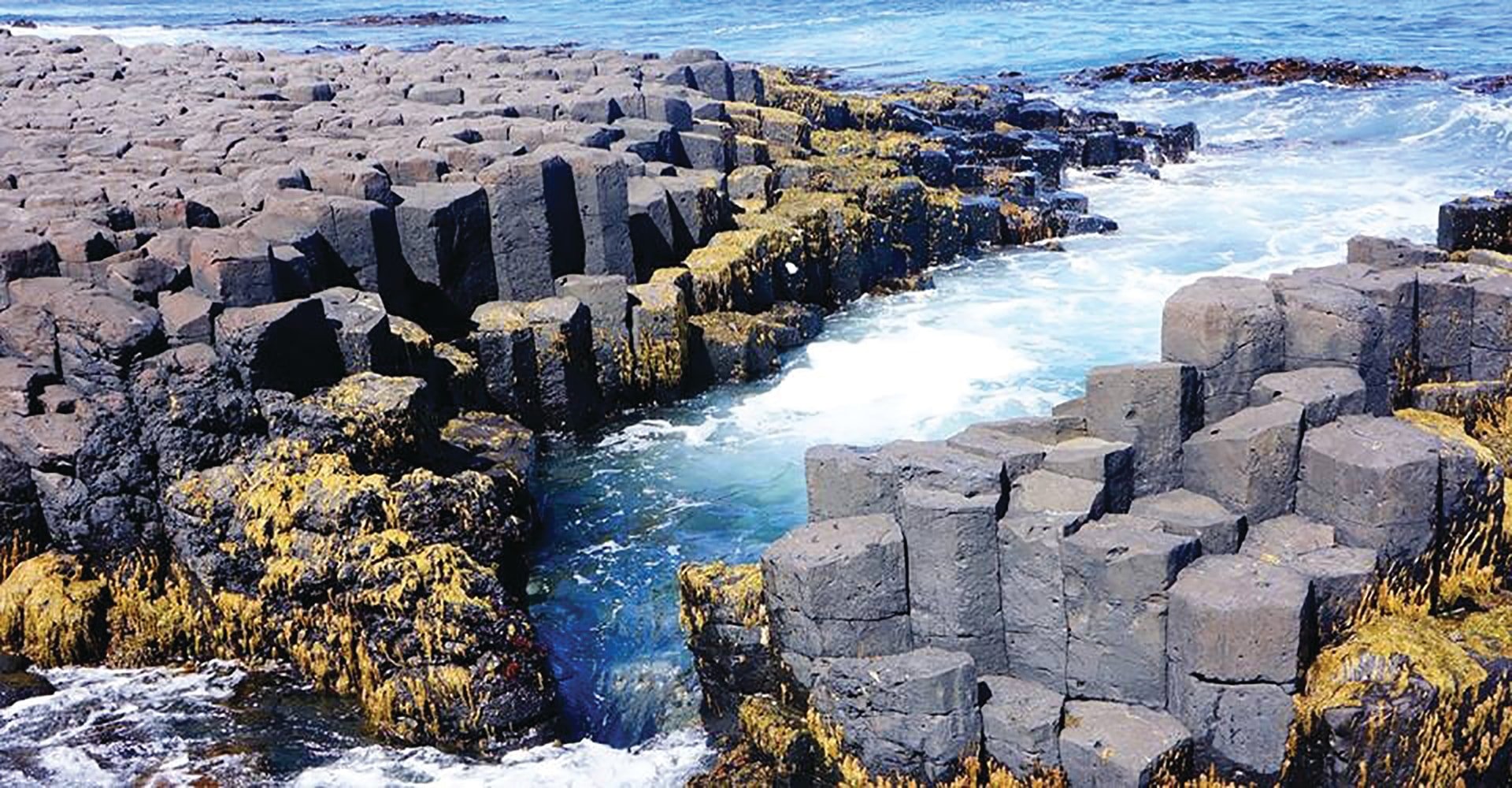
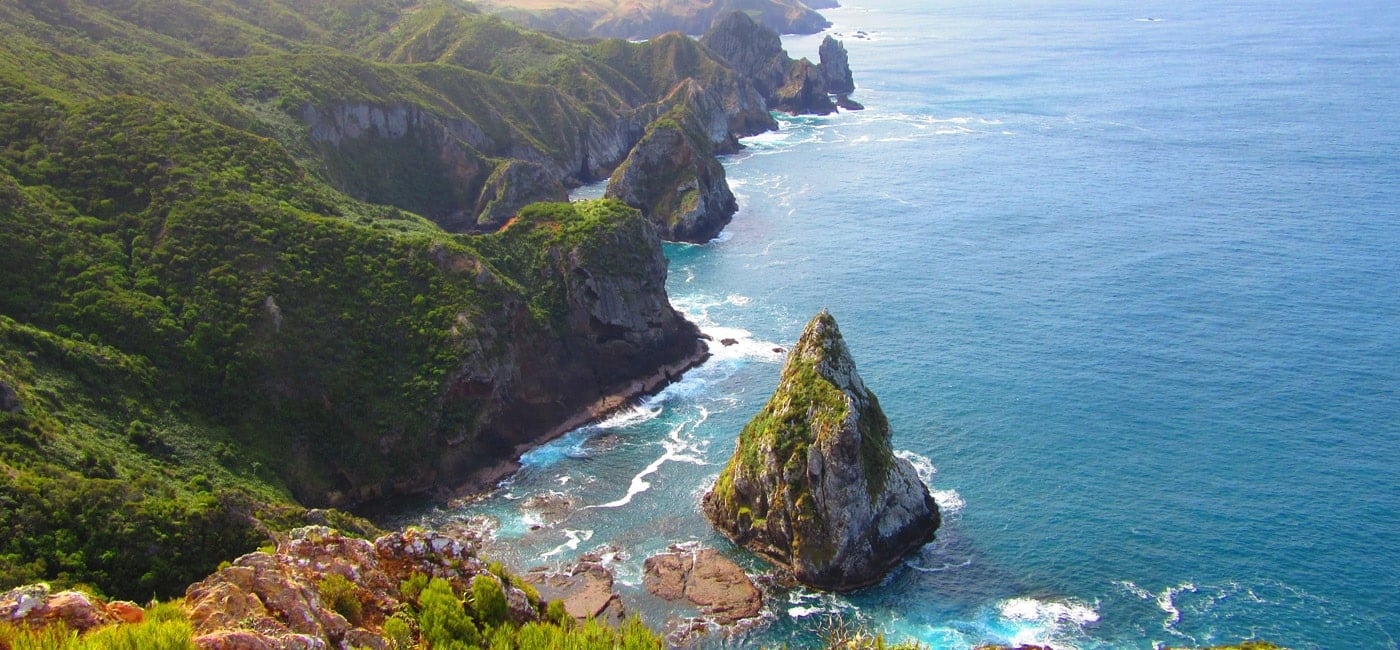


















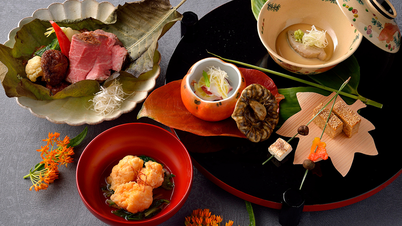


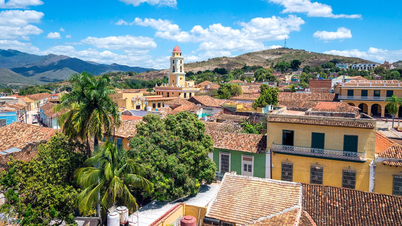

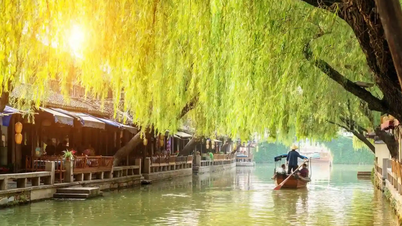
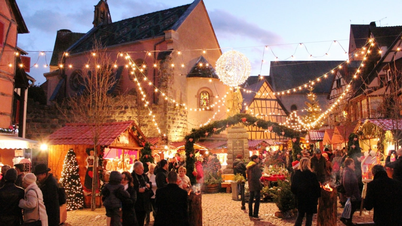




























































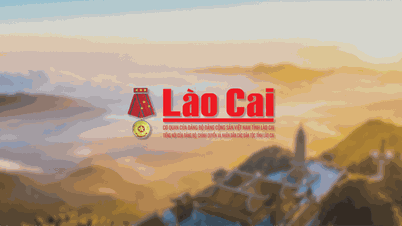
















Comment (0)